Love him or hate him, Director Kunihiko Ikuhara had a huge impact on the direction that the Sailor Moon anime took and, by extension, could arguably be said to be one of the more influential forces behind the series – especially for those fans who have only seen the anime.
One of his more well-known achievements in terms of Sailor Moon, though, is his work on the Sailor Moon R movie. I’ve written about his thoughts on the movie before, with regard to Usagi and the conflicting representations of motherhood, but today we’re going to take a deeper dive into his thoughts on the imagery of the movie. Come along!
I’m going to be totally honest right up front: I’m not actually much of a fan of any of the Sailor Moon movies. It’s not that I actually dislike them, but more that I find them inconsequential. What I fell in love with about Sailor Moon – and anime in general – when I first started watching was that the series has a rich plot that develops episode-by-episode.
In the anime, characters die and disappear for awhile, new characters are introduced, and the series grows deeper and deeper as it goes on.
With the movies, that’s simply not the case. As exciting as the story is, I know that no matter what happens in between, the world will be no different at the end from how it was in the beginning.
But I digress! Where I meant to go with this was that if I did have to pick a favorite movie, it probably would be the Sailor Moon R movie, if simply because I love how Director Ikuhara1 brought back and retold Ail and An’s story from earlier in the season.
What we’re looking at today is an “Interpretation” guide, written by Ikuhara himself, that came with the LaserDisc2 release of the movie. In it, he provides his thoughts and comments on the 20 chapters of the movie and how the scenes played out. Since it’s going to run a bit long, this will be split up into two parts.
Note: The titles here are the chapter titles and his comments on a given scene.
1. On stage for character greetings – starting with all Sailor Senshi
Ikuhara confesses here to being a fan of the so-called “idol movie” genre,3 essentially a type of low-budget movie popular in the 80s that was a cash grab built entirely off the fame of the front-running star. Whether the leading lady could act or there was even a compelling plot was immaterial – these were campy movies made simply to bring in audiences who were fans.
In his own words, that was what he wanted to create for the Sailor Moon R movie prologue. He wanted to showcase all the characters for all of the fans.
2. Opening (Moonlight Densetsu)
Since the main theme of the movie would be flowers, he decided that it should take place at a flower garden – and those are the scenes we see play out while the opening theme plays.
Here, he also notes that Jindai Botanical Garden4 in Tokyo served as the model for this place.
3. Promise in Darkness, and the Recollections of a Child
Ikuhara describes his inspiration behind the friendship between Fiore and Mamoru in terms of childhood friends we all have had: someone you’re close to when you’re really young, you promise to be friends forever, and then somehow they fade from your life as if they were just an illusion.
He also mentions that the first friend you have in your life is something unique and special, and that by first getting to know someone else, that becomes a mirror onto yourself, thus showing you who you are as an entity separate of the world around you. Both figuratively and literally, Fiore was this to Mamoru.
4. “How about a kiss?” and the playfulness at the botanical garden
It’s well known that Ikuhara is a fan of adding in gag comedy in his works, and he was a strong force in how Rei developed in the anime due to this. This kiss scene was both deceptively simple – it being a quick laugh – and deep at the same time. His intention of having all of the characters watching the lead up to Mamoru and Usagi’s kiss also be in reference to you, the viewer, watching this play out.
5. Reunions and ill omens
Ikuhara compares the reunion between Fiore and Mamoru with that of being stuck on a train in-between stations when suddenly you notice you’re standing next to an old friend you haven’t seen in years.
At first you’re both excited to see each other again and kill the time by catching up on each other’s lives. But eventually you run out of things to say, and the conversation just kind of dies off, leaving you both standing there in awkward silence.
He quotes the following line from a book as inspiration for how humans drift away:
「人生とは、心に同じ宇宙を共有する者を探す旅である。」
“Life is a trip about searching for a person who shares the same universe that’s in your heart.”
Ikuhara goes on to say that as time passes and you are away from each other, the universes within your own hearts change and diverge. There is nothing “everlasting” about human relationships, and a day to part will always come.
He goes on to say that this also applies to Usagi and Mamoru, and the Sailor Senshi as well, but sadly doesn’t elaborate further. This idea of what becomes of an “everlasting friendship” once its day had come and gone is one of the driving themes of the movie.
6. The Hikawa shrine and Usagi’s love
Though Ikuhara admits that he was usually a fan of filling these scenes of the girls around the table at the Hikawa shrine with some gag comedy or serious dialogue, here he decided to go for a scene of good, old-fashioned “girls’ talk.”
This gave him a chance for Usagi to reflect on her relationship with Mamoru.
7. Flower youma raid!
Since the movie had been pretty slow-going up until this point, Ikuhara decided to throw in a high-intensity scene here, playing out in sync with the music to get the audience excited.
Not mentioned here, but something I noticed: the street where this battle takes place is a real street in Juban. Some of the shops and locations are still recognizable.
8. Sailor Star Power Make Up!
He notes here that he always wanted to have the other girls’ transformation scenes to have music to them as well, and not just Usagi. My guess is that, what he means here, is the actual voices singing the names of each of the Sailor Soldiers as they transform. Since he was making a movie anyway, he took this opportunity to redo their transformations.
He also goes on to mention about how many rolls of film were used in the movie (8 rolls) and how each roll is 8 minutes long. I have no idea why. He kinda rambles.
9. 18 seconds of suspense
This is in reference to the scene where Tuxedo Mask is stabbed by Fiore while protecting Sailor Moon. Ikuhara mentions that, since the run time of the movie was already decided ahead of time, many scenes had to be cut and seconds shaved off here and there throughout. He got a lot of pushback from people on the team for fighting to keep this long, 18 second scene of Tuxedo Mask getting stabbed.
10. Moon Crystal Power Make Up!
Ikuhara explains that he thought of the Sailor Moon R movie as a renewal of both seasons of the anime, due largely in part to the fact that he didn’t really have much involvement in the Sailor Moon R anime since he was so busy working on this movie.
That’s why he decided to redo the music during Usagi’s transformation as well. It’s the same melody, but he added in a chorus to it to spice things up.
…and that takes us through the first half of Director Ikuhara’s notes on the movie!
Unfortunately, this has run a bit long, so I’ll have to cut it here and continue next time.
Hopefully it’s been as interesting for you as it has been for me! I love hearing about how the scenes were structured and why the story was told the way it was. If I can find any similar material for the other movies, it’d be great to see what kind insight we may be able to glean from them.
References:
- See Kunihiko Ikuhara (Wikipedia) ↩
- See LaserDisc (Wikipedia) ↩
- See アイドル映画 ↩
- See Jindai Botanical Garden ↩
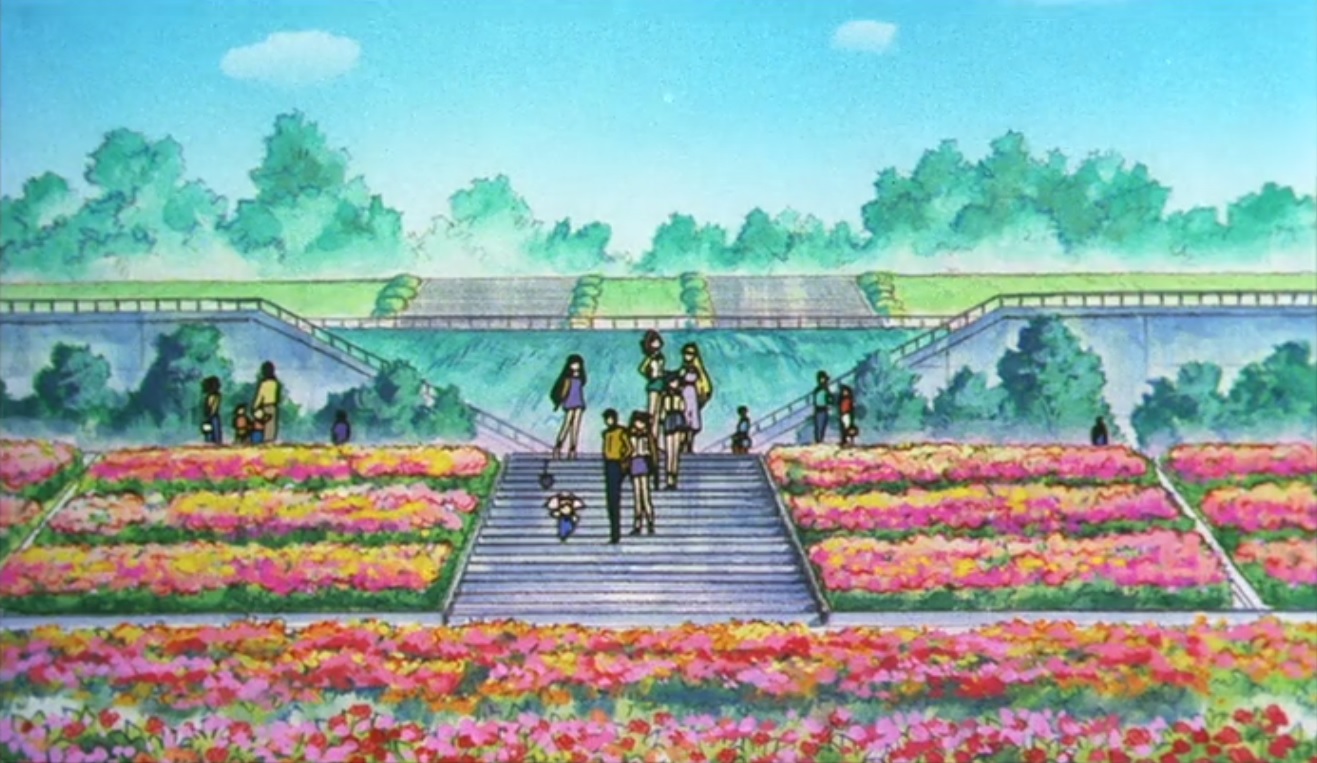
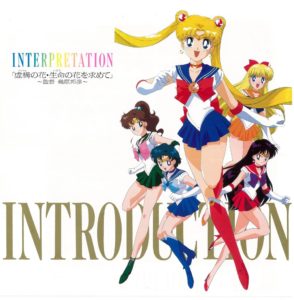
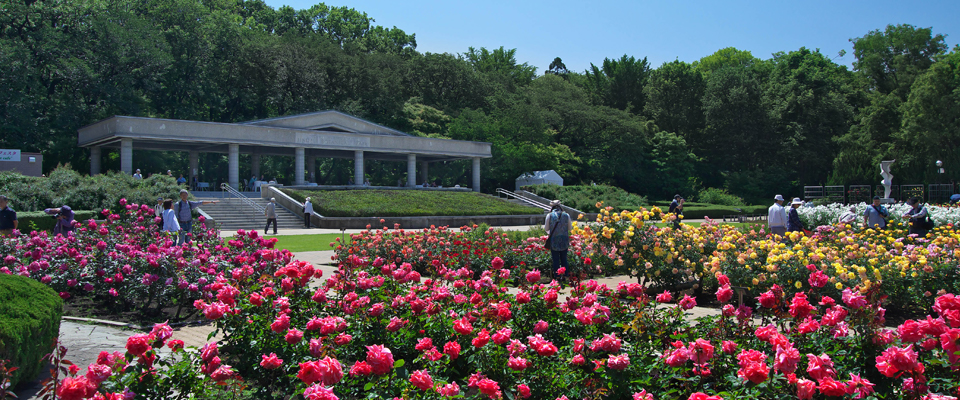
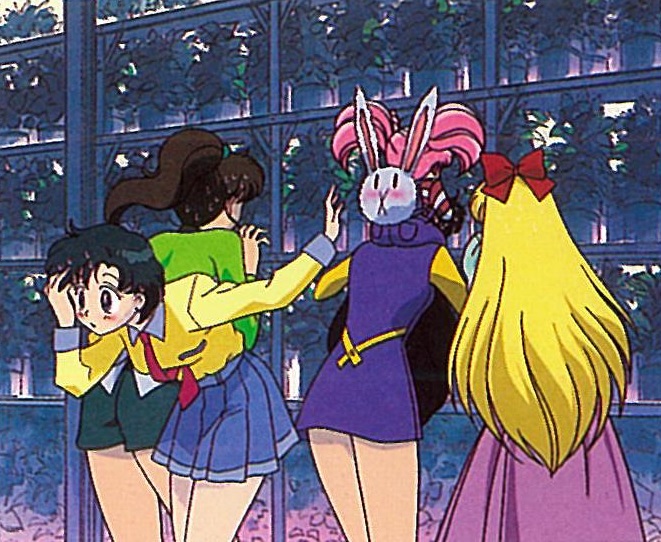
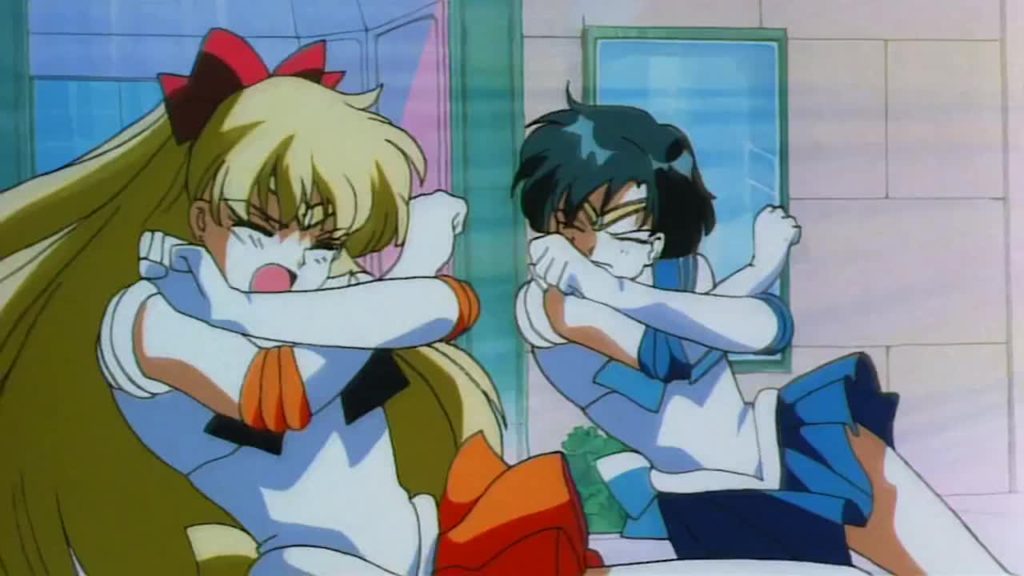

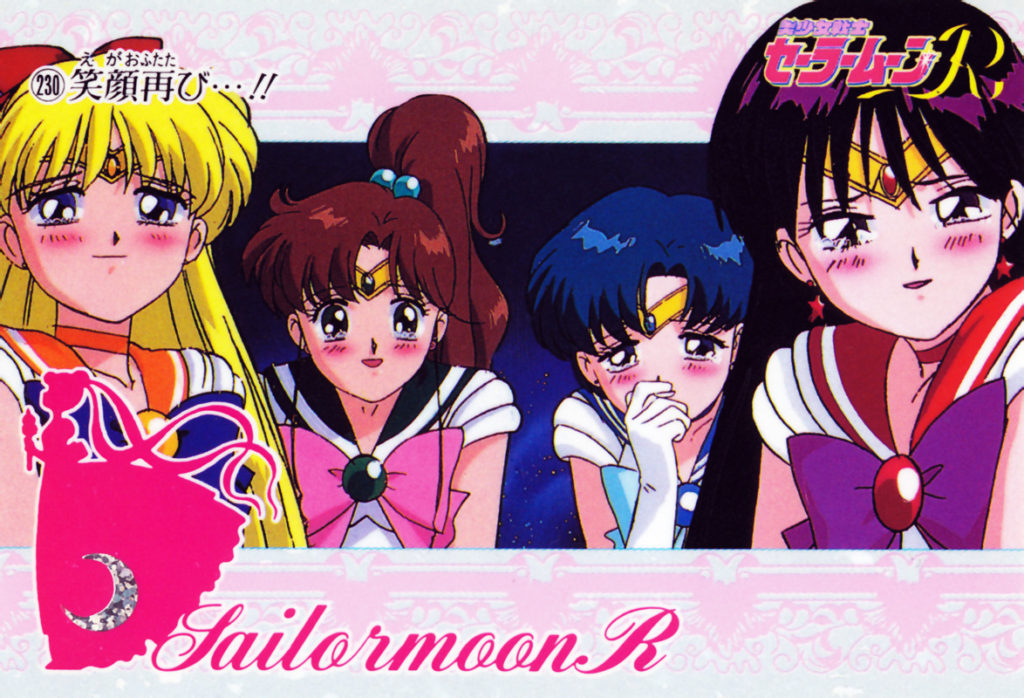

It’s really neat hearing Ikuhara’s thoughts on this movie, and why he did things the way he did. Already looking forward to part 2!
One bit here I found particularly interesting was him confirming he was not that involved with the Sailor Moon R anime. He’s credited as series director for the Black Moon portion of the season, but aside from the episodes he personally directed, it never *felt* like something directed by Ikuhara. Which I always found really weird, when he normally has such a strong directorial style. Now it all makes sense!
Does make me wonder though…how would the Black Moon arc turn out under Ikuhara’s direction?
Probably goofier? =p If the episode splits in Season 1 (“Classic”) are anything to go by, he definitely seems to have more of a penchant for light-hearted scenes and some comedy.
Not to imply that it’s bad, but he definitely has his own unique take on the characters.
Honestly, I’m kinda curious why he gets credit as director in Sailor Moon R. I’ve read two interviews by him now saying that he was basically not involved at all since all of his time was taken up by the movie. Weird!
Goofier and weirder for sure! But Ikuhara did some pretty dark episodes (like the one where all the Inners die in Classic) and seasons (S) too, so I think it could have been darker as well. His work both on and off Sailor Moon seems to center on a balance of goofy/weird and dark/disturbing content.
I guess making him the director of R was the original plan, and whoever was in charge of staff credits never got the memo? 😛 But it does make you wonder who the real director of Sailor Moon R was. Junichi Sato is the only other name I’ve seen credited, but I’ve always heard he left after all the Ail/An arc.
More likely than not, it’s a respect thing. In Japan, it’s not uncommon to put the name of someone high in a company on the credits as “producer” or “director” as respect and deference for their position even if they never even touched the project.
He very well may have directed a lot of the episodes, of course. But seeing as he’s said twice that he wasn’t involved and he doesn’t seem to be a shy person about taking credit (=p) I’d say it’s probably not too unlikely that he was just given credit a few times as a matter of course. Even if it wasn’t Junichi Sato, it might have been a person lower on the totem pole doing much of the directing for the Black Moon arc, but they weren’t high enough to get a proper director credit, so it was given to Ikuhara.
Just a theory, of course!
I see. Man, that makes it even harder to say who’s responsible for what… And here I thought Japan made it easy making such a big deal about directors and producers!
Ikuhara was only credited as directing 3 episodes in R – episode 51, episode 60, and episode 68. Which would line up with Ikuhara being loosely involved. Of course, that may not mean anything with how Japan credits things. Like I always thought episode 66 had the kind of bizarre humor Ikuhara is known for – yet Harume Kosaka got the director credit!
Huh, if he’s only listed for 3 episodes, it’s probably fair enough to assume that he actually did work on those. For some reason, I thought that number was a bit higher.
I guess 3 is probably a doable amount of work in between all the work for the movie!
Really looking forward to part 2 – I’ve always wondered about the final scene… it’s one of my favorites (and Moon Revenge is a fantastic song).
Went on longer than I thought, but hopefully you found something interesting in Parts 2 and 3!
I’m hoping there was something similar for the S and SuperS movies…
I like how Hikawa Shrine became a kind of unofficial base for the Senshi. It’s a such a nice looking location that I never get tired of seeing.
Though I minor thing, I always enjoyed Sailor Moon using real world locations. I know it wasn’t the first/only anime to do that, but it gives it a nice sense of familiarity and reality outside of the fantasy elements. Plus it provides foreigners like me a glimpse into another culture.
I enjoyed the R movie, primarily because it shows just how close the girls have become. Plus it features their highest kill count in the entire series. Even Mercury gets to shine.
Though I kind of wish that Classic had got a movie. But I guess that was too early for them to tell just how popular the show would be.
—
“He goes on to say that this also applies to Usagi and Mamoru, and the Sailor Senshi as well, but sadly doesn’t elaborate further. This idea of what becomes of an “everlasting friendship” once its day had come and gone is one of the driving themes of the movie.”
Does that factor in Neo Crystal Tokyo?
I wonder what his opinion is on their relationship. He doesn’t seem to say anything about it, but he also is pretty clear here than he doesn’t think any relationships are “forever.”
This was an interesting read! I am wondering what book he got that quote from. His look on life and/or on relationships seems depressing. I wonder what he means when he says that the day to part applies to Usagi and Mamoru and the Soldiers. I wonder if he means death or that they also will grow tired or fade out of each others lives.
I think he is referring to the music where everyone now has their own individual theme? If so I love that too. Too bad the outers did not have each own theme while transforming that would have been fun. I want to hear them chant their names too.
I enjoy a lot of the scenes with everyone just hanging out and the battles. Too bad there wasn’t more battle scenes.
The tuxedo mask stabbed scene is almost exactly the same as the season 1 stabbed scene.
Speaking of the outers, there’s another interview (given years later) about his time working on Sailor Moon where he talks about how he had to fight with the producers to approve a longer transformation sequence for Uranus and Neptune. If I recall correctly, their transformations are 2-3 seconds longer than the transformations for the inner team (excluding Usagi, of course), but he said that even that was too short for what he wanted to do.
Pingback: Otaku no Shouzou 061: Bishoujo Senshi Sailor Moon R | Hanagumi ver. 2.0: Da Return